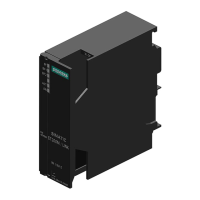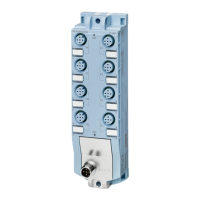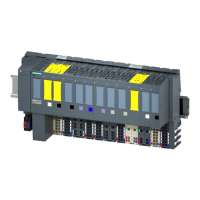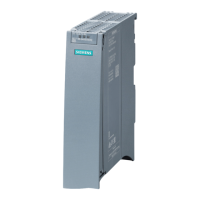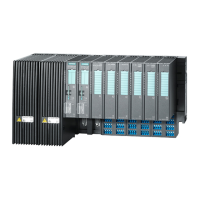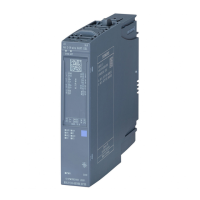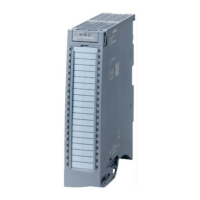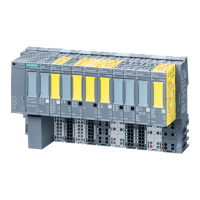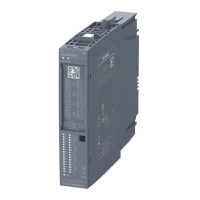CPU 1516pro-2 PN (6ES7516-2PN00-0AB0)
Operating Instructions, 11/2019, A5E35873416-AC
33
5.1 Introduction to configuring
Introduction
By configuring the individual hardware components, assigning their parameters, and
connecting them, you communicate to the ET 200pro distributed I/O system its preset
configuration and mode of functioning. You perform the work needed for this in the device
and network views in STEP 7 .
"Configuring" is understood to mean the arranging, setup and networking of devices and
modules within the device view or network view of STEP 7. STEP 7 represents modules and
module racks graphically. Just like "real" module racks, the device view allows the insertion
of a defined number of modules.
When modules are inserted, STEP 7 automatically assigns the addresses and a unique
hardware identifier (HW identifier). You can change the addresses later. The HW identifiers
cannot be changed.
At startup, the system components compare the configured preset configuration with the
actual configuration of the system. By means of parameter assignment, you can specify the
response of the CPU to errors in the hardware configuration.
"Assigning parameters" is understood to mean setting the properties of the components
used (CPU, modules).
STEP 7 compiles the hardware configuration (result of "configuring" and "assigning
parameters") and downloads it to the CPU. The CPU then connects to the configured
components and transfers their configuration and parameters. Modules can be replaced very
easily because STEP 7 transfers the configuration and parameters when a new module it is
inserted.
Requirements for configuration of the CPU
Table 5- 1 Requirements for configuring
Information on configuring
STEP 7 (TIA Portal) as of V14
Reference
You can find an overview of the most important documents and links to STEP 7 in an FAQ
on the Internet (https://support.industry.siemens.com/cs/de/de/view/65601780/en
).
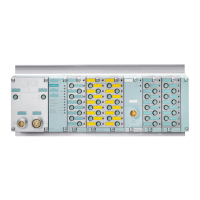
